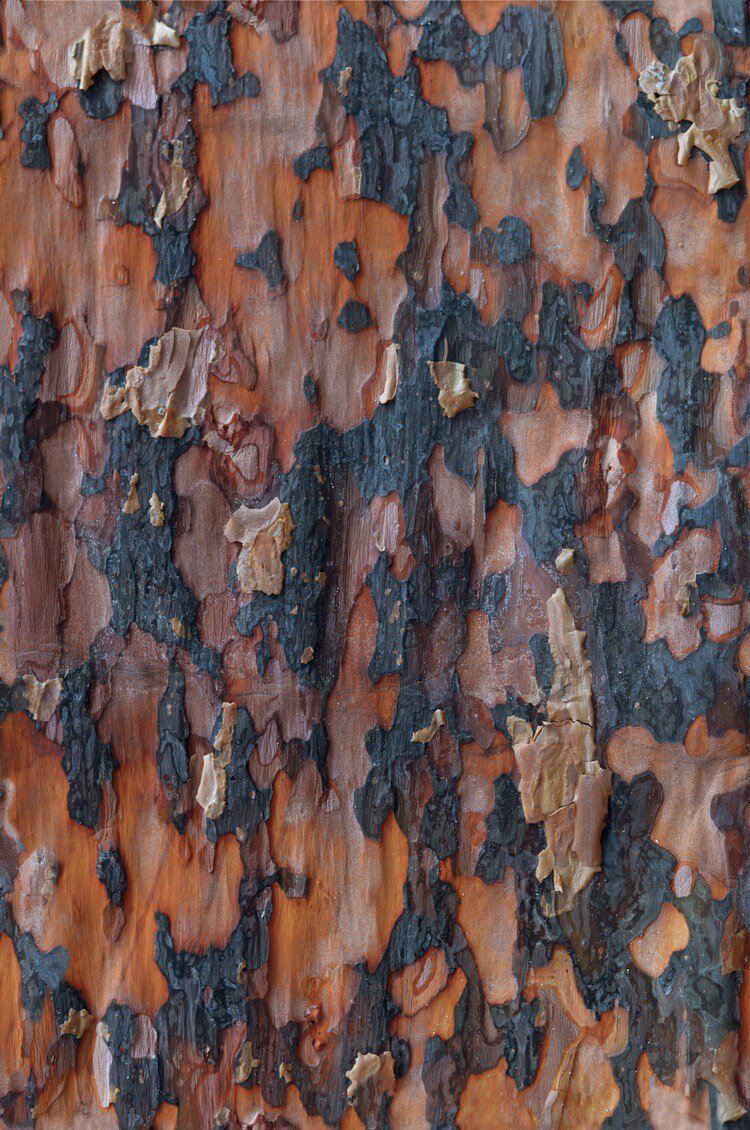The “Bark Project”
The “Bark Project” an example of material-focused exploration using scientific and design methods. The focus of this project is to establish and analyze interactions between practical design and basic research as well as to develop sustainable design concepts of bark as a material. This ongoing research is the focus of the PhD in the “Plant Material Adaptation Group” at the Max Planck Institute of Colloids and Interfaces.
Why Bark
Bark is a big component of wood processing and manufacturing. Worldwide, the disposal of bark from the wood industry is estimated to be 160 million m3 (about 60 million tons), mostly derived from softwood species.1
While the bark as a protective barrier is essential for the tree‘s survival, it is seen only as a temporary protective shield in the wood processing industry. It needs to be removed via complex debarking mechanisms. This is resourceful and often complicated. Afterwards the bark is burned or compressed into small pellets. The demand for certain resources that stem from bark, like cork or substances is focused mainly on a small variety of plants, which grow in certain areas. The main provider for cork for example is the cork oak (Quercus Suber), which is to be found in Mediterranean Europe.
The use of bark in industrial production is mainly limited to the production of energy from tree bark through incineration and the mulching process for horticulture. Both application scenarios destroy the structure and do not use the existing potentials of the tree bark.



